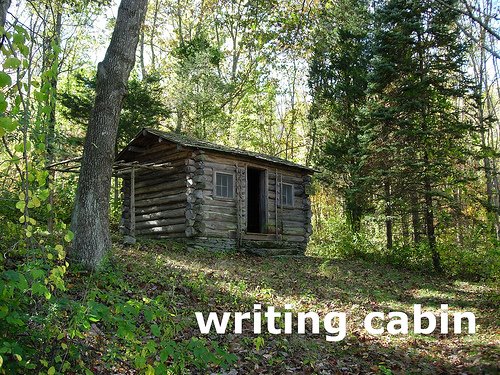
He was a handsome man. At least if this photograph tells an accurate story.
I was a junior in high school when I first got C. Day Lewis consciousness. The Doubleday Anchor cover of his translation of
The Aeneid from which I gleaned an initial sense of Vergil’s epic plot carried no photograph of Lewis. The Latin teacher who had assigned us the reading of the translation was more interested that we not confuse Cecil Day Lewis with C.S. Lewis rather than that we know what either Lewis looked like.
Clive Staples Lewis was the Oxford don responsible for
Mere Christianity and a pair of other books we were planning to use in our religion classes that year and next. The other tripartite Lewis name seemed of a piece with what we were learning British intellectuals do: they wear tweed, smoke pipes, spell
color and
labor with a
u, frequent Oxford and Cambridge pubs, and read their work as radio talks on the BBC. My classmates and I may have been told when C. Day Lewis was appointed Britain’s Poet Laureate in 1968, but my acquaintance with his work was not to be broadened in any English class that year or later in college.
Subsequent years have been kinder to the reputation and writings of C. S. Lewis, who even got Anthony Hopkins to portray him opposite Deborah Winger in
Shadowlands. The Day Lewis name has not been absent from movie theatre marquees, but the poet’s literary works garner less frequent public attention these days.
Nevertheless he crashed into my reading life a second time a few years back when I read his autobiography entitled
The Buried Day, published in 1960 and written in large part when he was about the same age that I am now. By that time he had already translated
The Aeneid and completed the other ten works that I have read – a verse translation of
The Georgics, another of Vergil’s longer poems; one of his volumes of lyric poetry called
An Italian Visit; and eight early novels, murder mysteries centered on the exploits of an Oxford-educated sleuth named Nigel Strangeways and published under the pseudonym Nicholas Blake.
It had been thanks to the very successful murder mystery series that C. Day Lewis was able in his mid-thirties to leave his first career as a schoolmaster and devote himself full time to writing. He would confess in the final paragraph of his 1960 autobiography:
My own basic pattern compelled me to become a person who lives largely by words and for them. In my young days, words were my antennae, my touch-stones, my causeway over a quaking bog of mistrust. After some false starts and fruitless detours, they began to lead me toward the human condition as I knew it within myself: I gradually understood the paradox that a poet must make sense of “real” things through the process of creating works of a quite different order of reality.Writing that leads us to ourselves – sounds like what I trust my own words to do. What I have trusted them to do over the past fifty-plus years.
Photo of Cecil Day Lewis on www.stefanomanferlotti.com







